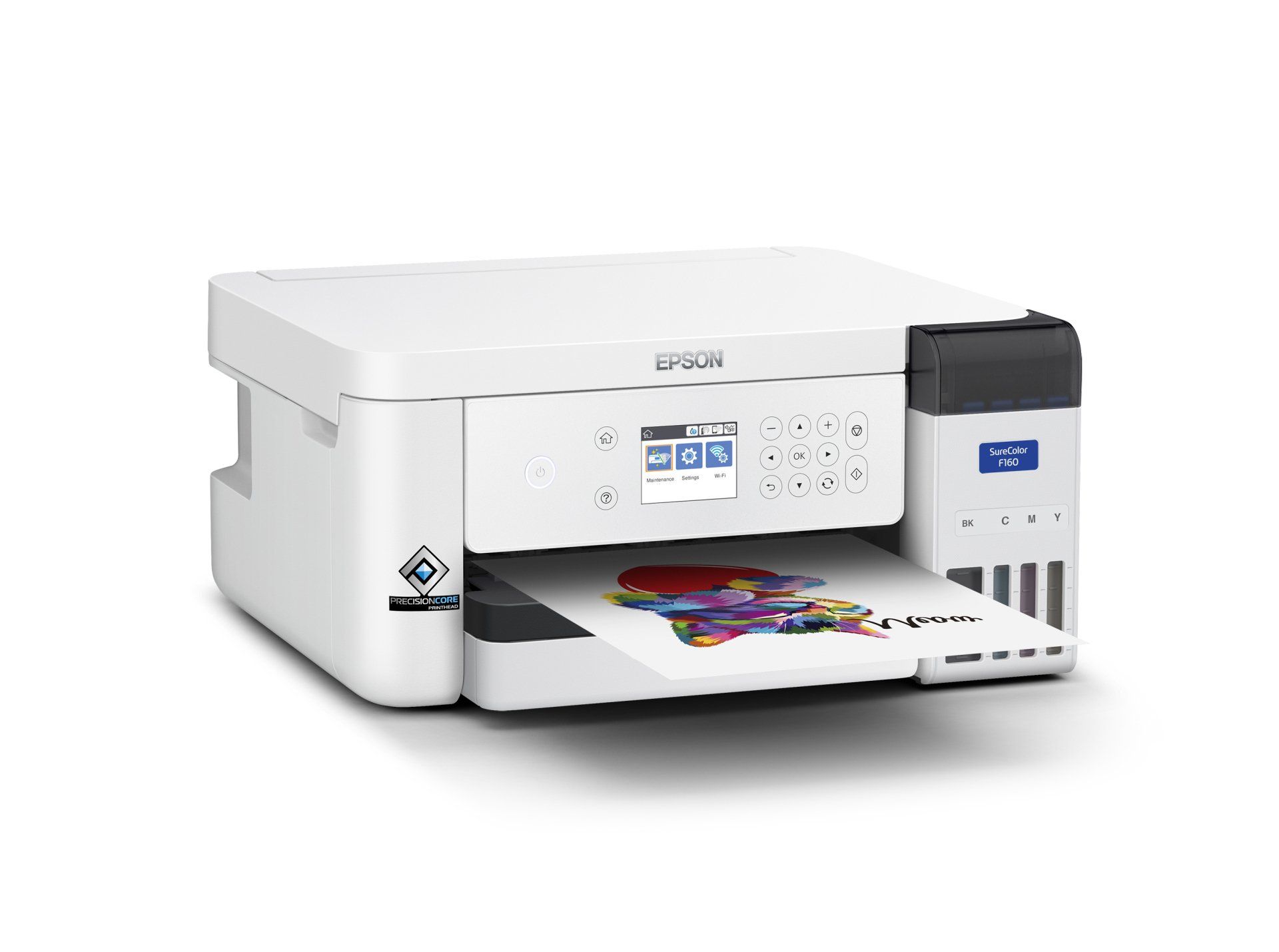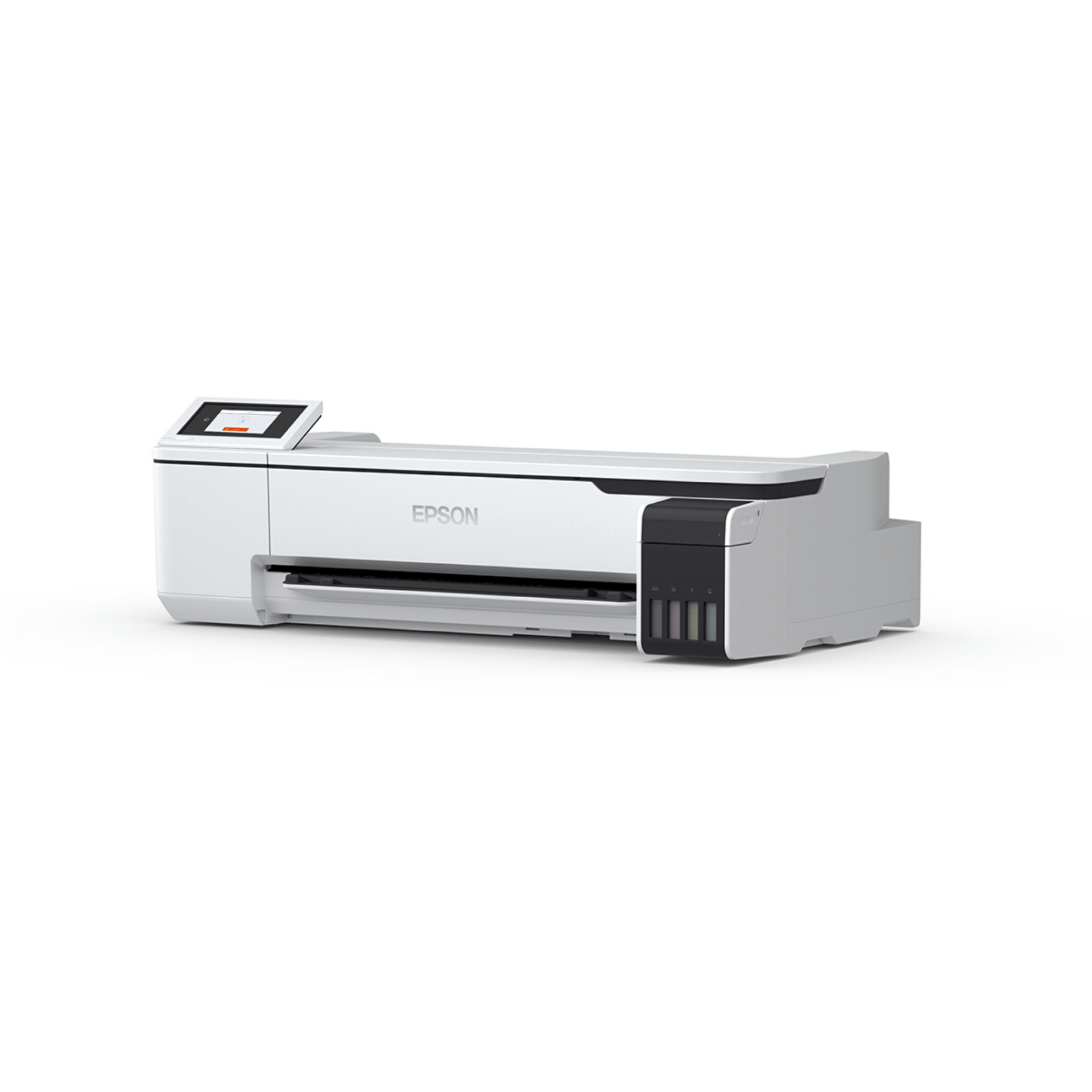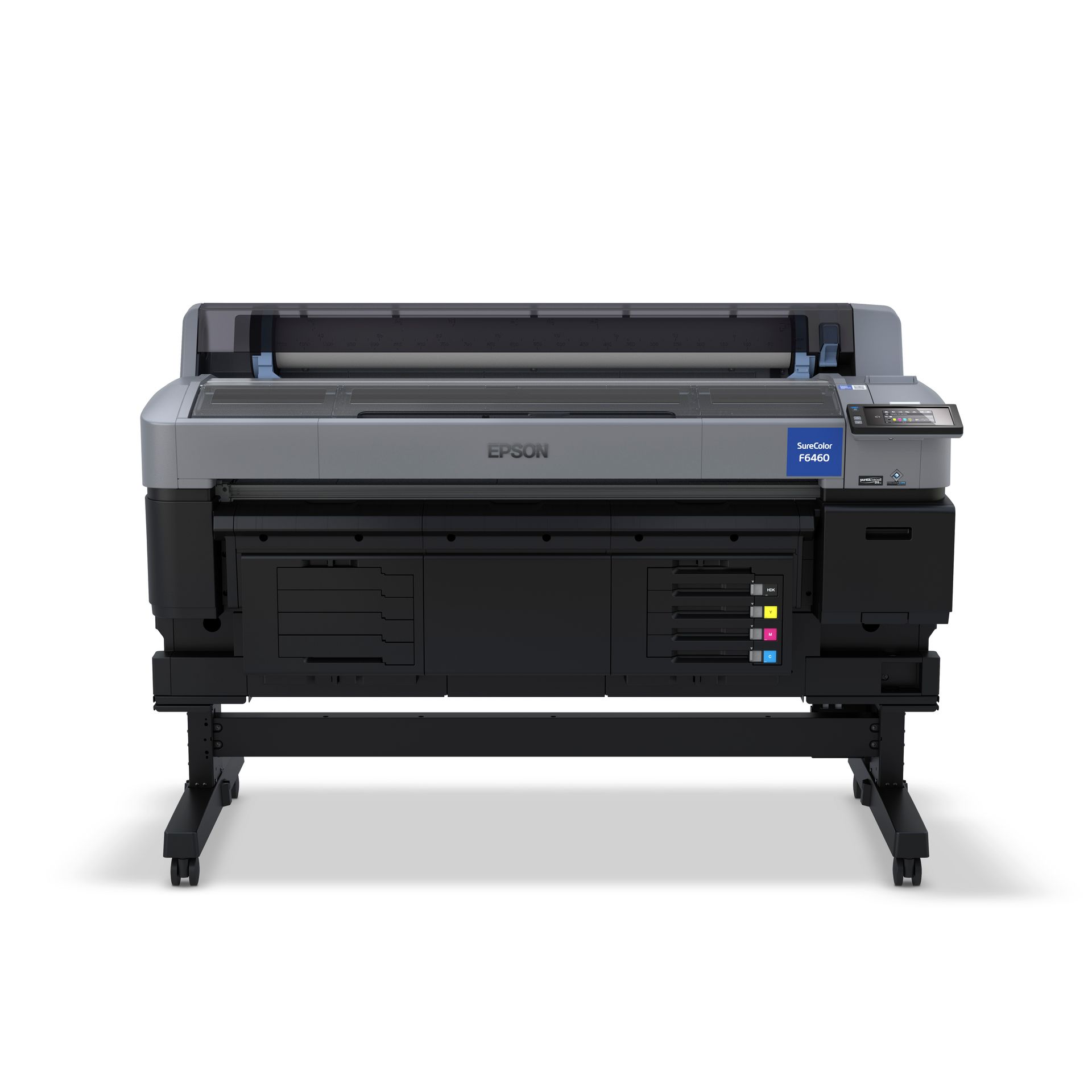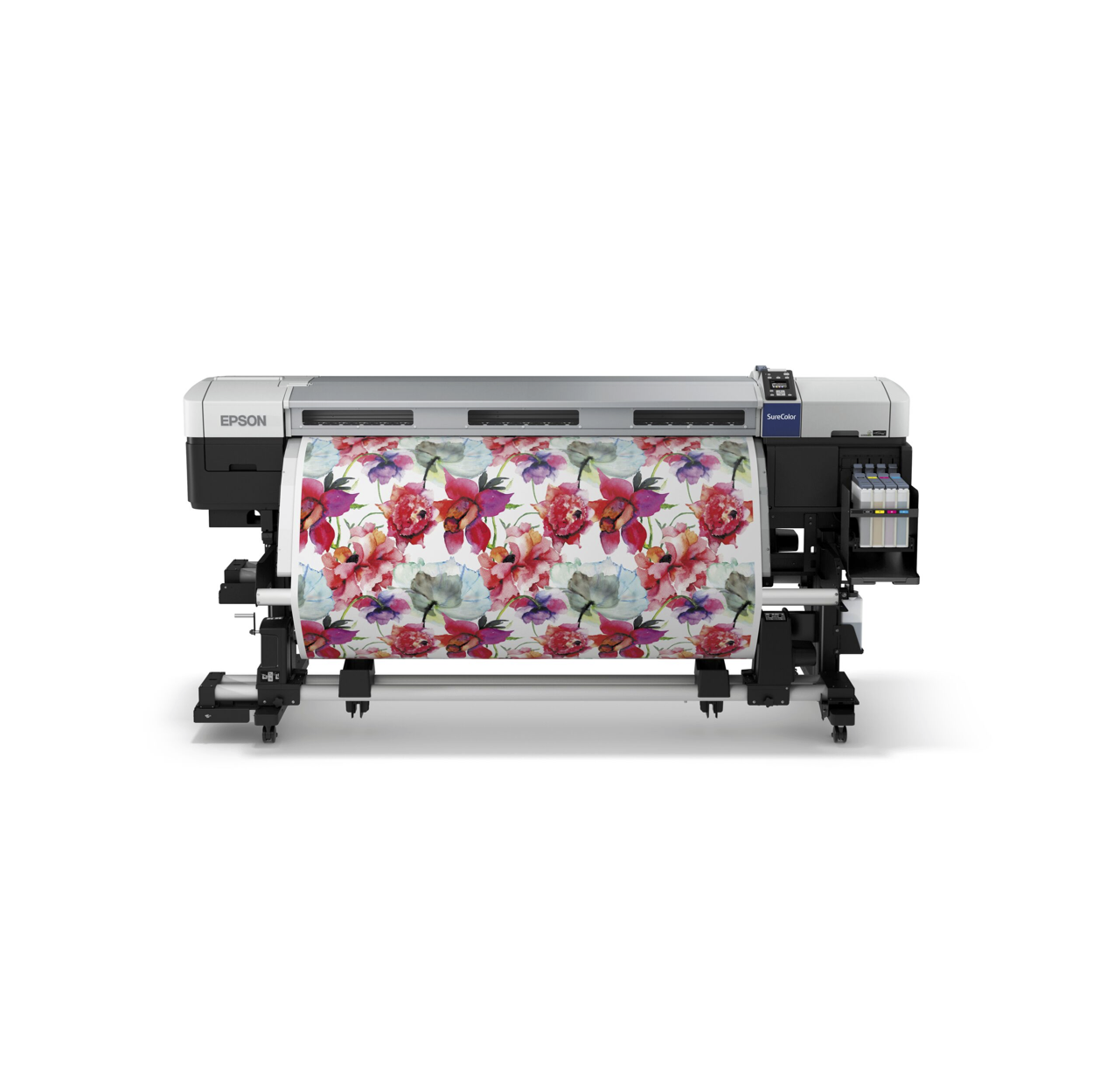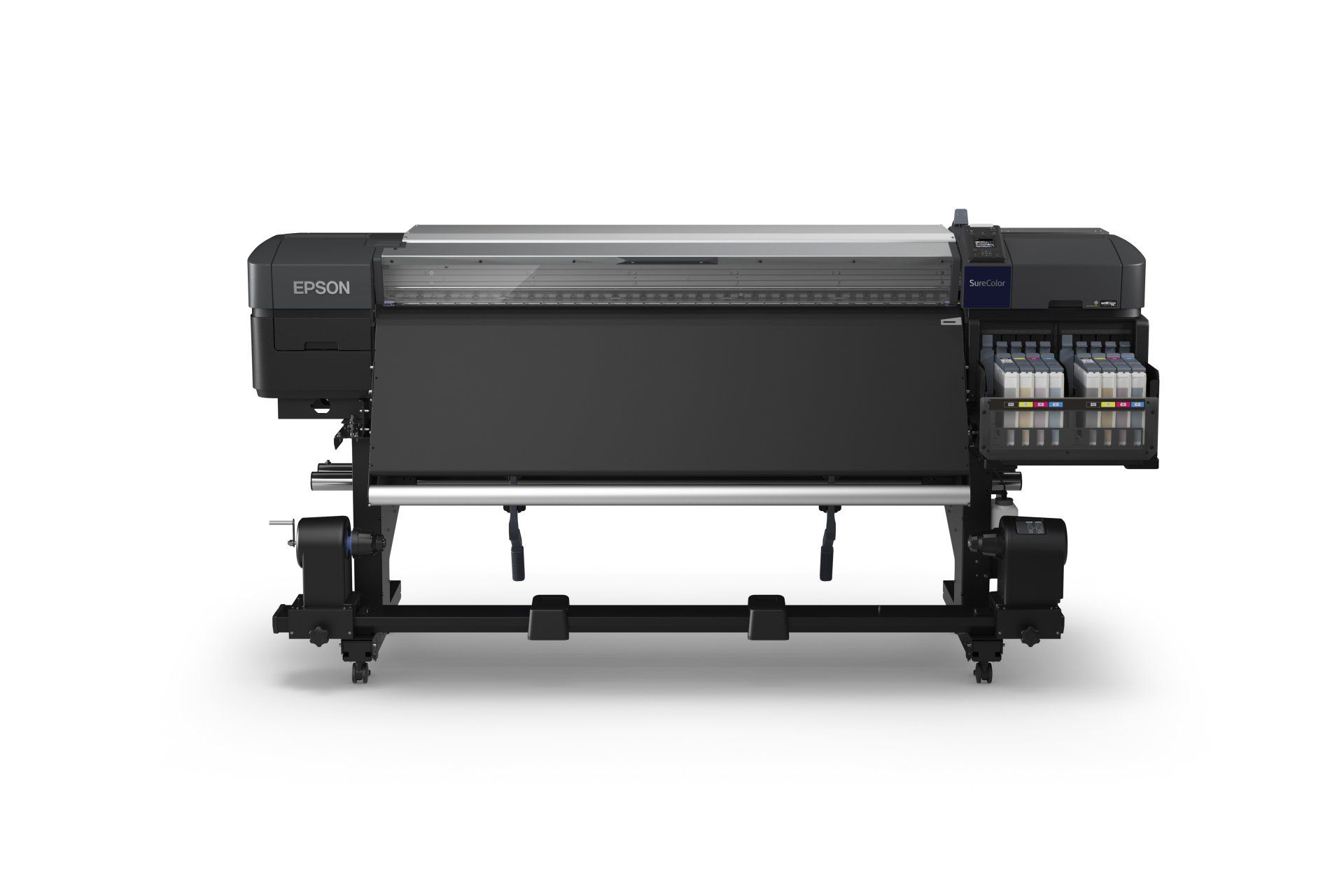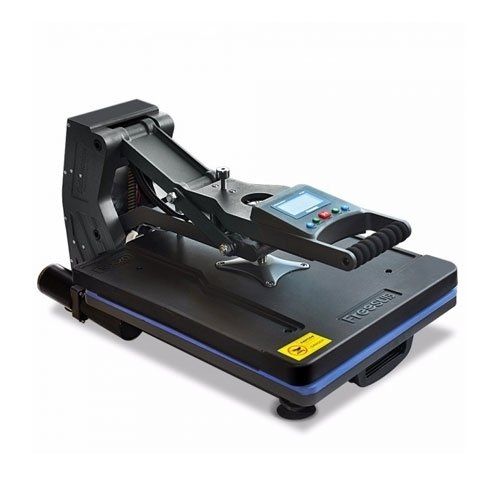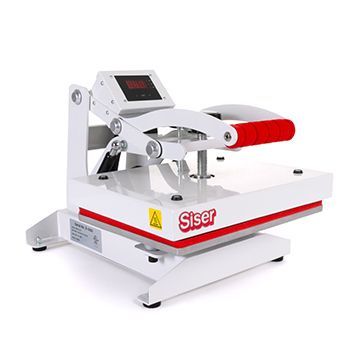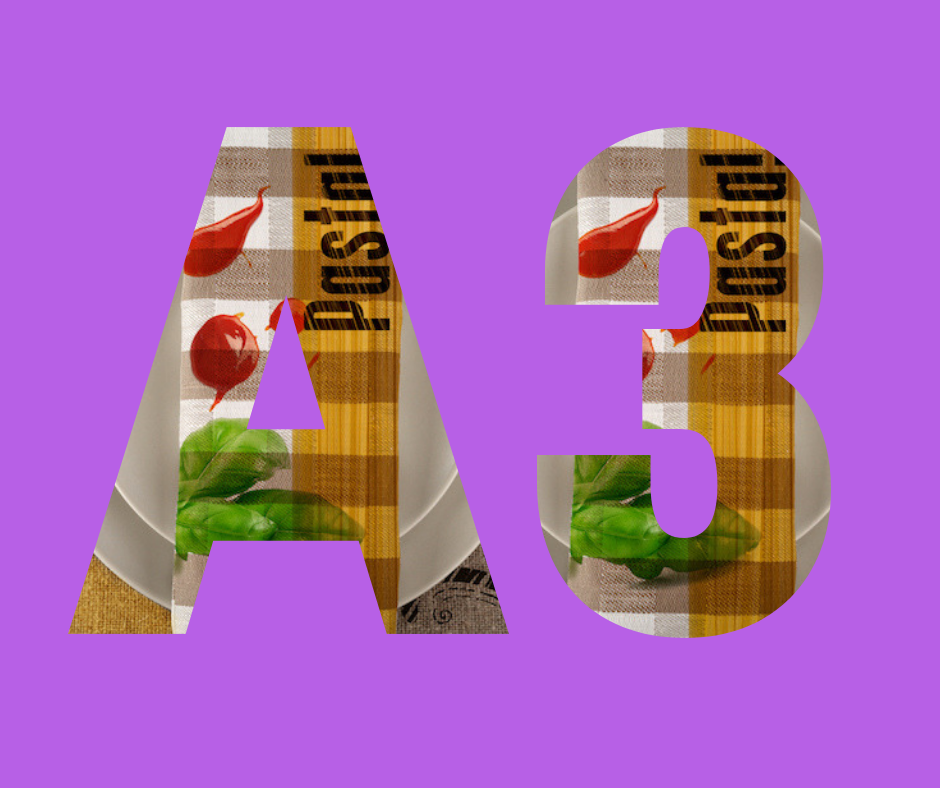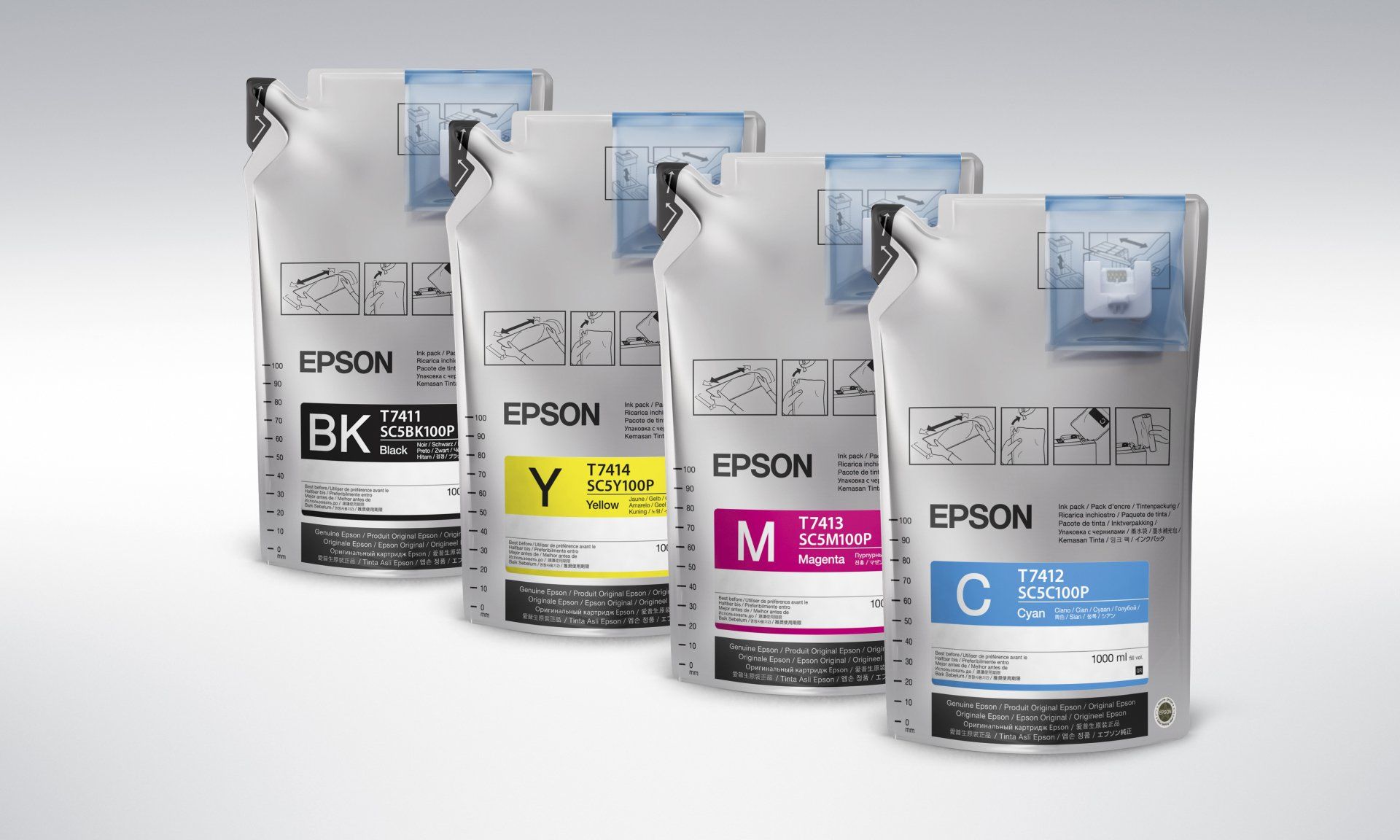Dye Sublimation
What do I need to setup a sublimation business?
01 Printer Setup
02 Heat Press
03 Dye Sub Blanks

Stuart Endersby
FAQs
- Why should I choose sublimation over other printing methods, like screenprinting?
In dye sublimation, the ink actually penetrates the surface of the substrate. Manmade materials (like nylon, certain plastics and polyester) contain polymers; when heated, these enable the ink to bond. Sublimation results in beautiful, permanent colours that are literally embedded in the substrate or fabric (rather than being laid on the surface, as with other printing methods) - images printed on fabric will not fade or crack, even after multiple washings, and images on hard substrates will not chip, peel or scratch.
- Can I sublimate onto darker substrates or fabrics?
Although the answer is technically yes, it’s important to keep in mind that the inks generally do not transfer well to darker type materials and will not transfer onto black materials at all. This is because they are slightly transparent, so your image will take on the shade of the shirt or substrate colour below it (which may lead to poor results). Sublimation inks are designed to permeate the surface; as such, they typically transfer better to lighter coloured materials. If you do plan to use a darker surface, darker colours need to be used in the image.
- Will sublimation work on cotton fabrics?
The inks are designed to bond to polymer coated material, which means they will not bond to cotton surfaces. It is possible to sublimate onto fabrics that are a blend of polyester and cotton, however, the higher the percentage of polyester in the fabric the better the results. At a minimum, we recommend a blend with at least 60% polyester. There are some polymer sprays and papers available that allegedly allow sublimation inks to work with cotton, but we personally have not tested or would recommend these.
- What role does heat play in sublimation?
Heat actually plays a vital role in dye sub, as it allows the ink to permeate the fabric or substrate correctly and will leave you with a smooth, even finish.. If the heating temperature fluctuates too much or if the correct pressure is not maintained, it can lead to low quality or inconsistent results. This could mean that colour may appear lighter in some areas and darker in others. To eliminate these sorts of problems, ensure that you have invested in a high quality heat press or silicone wraps and oven.
- How do I avoid moisture issues during sublimation?
Moisture can have a negative effect on the sublimation process, leading to unwanted results (such as colour shifting, colours losing accuracy, the image bleeding, and the uneven transfer of solid filled areas of the design). To minimise the effects of moisture, it is important to keep the print room at a stable moisture level and ensure that your transfer paper is being stored in a dry place. It can also help to leave the paper near your heat press and to press garments prior to printing so that excess moisture evaporates.
© 2021 COPYRIGHT MACHINES PLUS | Terms and Conditions | Privacy Policy | Returns Policy | Service Agreement

